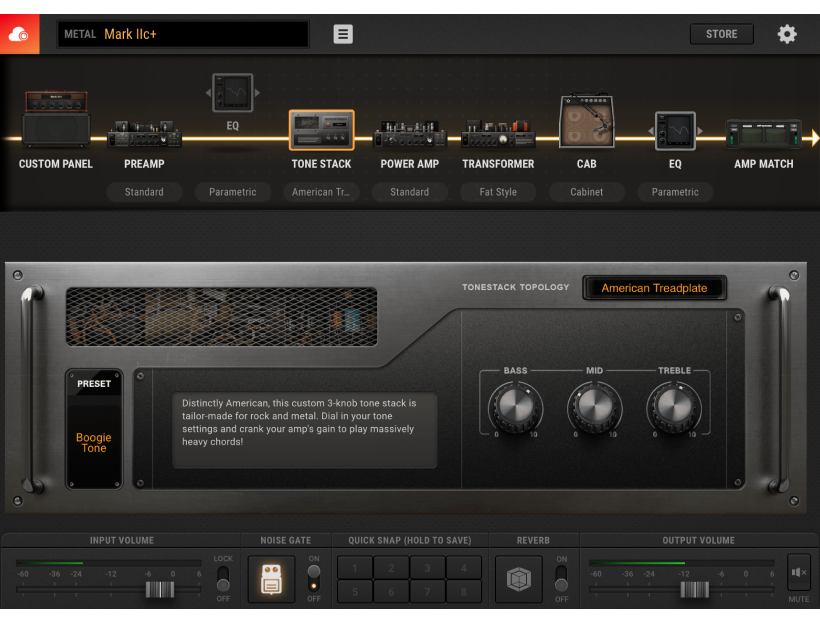Sascha Franck
Goatlord
- Messages
- 10,904
Guy seems to be quite convinced. Not exactly a nobody in the guitar-sound-verse.
Any suggesting this isn't the future has their head in the sand. The issue is once a capture/profile is done, how can it be edited. And this is where the next gen is going to go.
The issue is once a capture/profile is done, how can it be edited. And this is where the next gen is going to go.
I guess one of the things we'll likely see is captures being kinda "broken up" into separate parts. Such as pre-drive, main drive and power amp drive (just as one possible example).

Just like IRs, this is going to be EVERYWHERE, modeling amps based on captures, capture loading pedals, etc.
But, once you go down enough that rabbit hole... you're essentially re-inventing modeling.
Just like IRs, this is going to be EVERYWHERE, modeling amps based on captures, capture loading pedals, etc.
Yes, I also think a hybrid approach is going to appear first, especially for high gain amps (Preamps).Having a modeled EQ that you can put before or after the capture with simulations of common tone stacks would go a looooooooooong way toward mitigating the controls issue, I think. If I could put an EQ that mimicked a marshall-style tone stack after a capture, I'm pretty sure it would scratch the itch.
Guy seems to be quite convinced. Not exactly a nobody in the guitar-sound-verse.
Unless someone figures out a super fast way to capture the output of the amps, that's going to be far more of a limiting factor than how long it takes for the neural network to process everything. To account for all setting combinations would require a ton of captures even on a simple 1 channel amp.Give it a few years and hardware / AI accelerators will catch up and allow for full training, basically making perfectly profiled full models of amps.

Just play the real thing at that point.Wake me up when something can "capture" a Mark VII in less than 100 profiles.
That's pretty much my point. Whenever there's a sufficiently complex amp with highly interactive controls, the whole capture thing falls apart, unless you own both the profiler/capture device AND the amp.Just play the real thing at that point.
